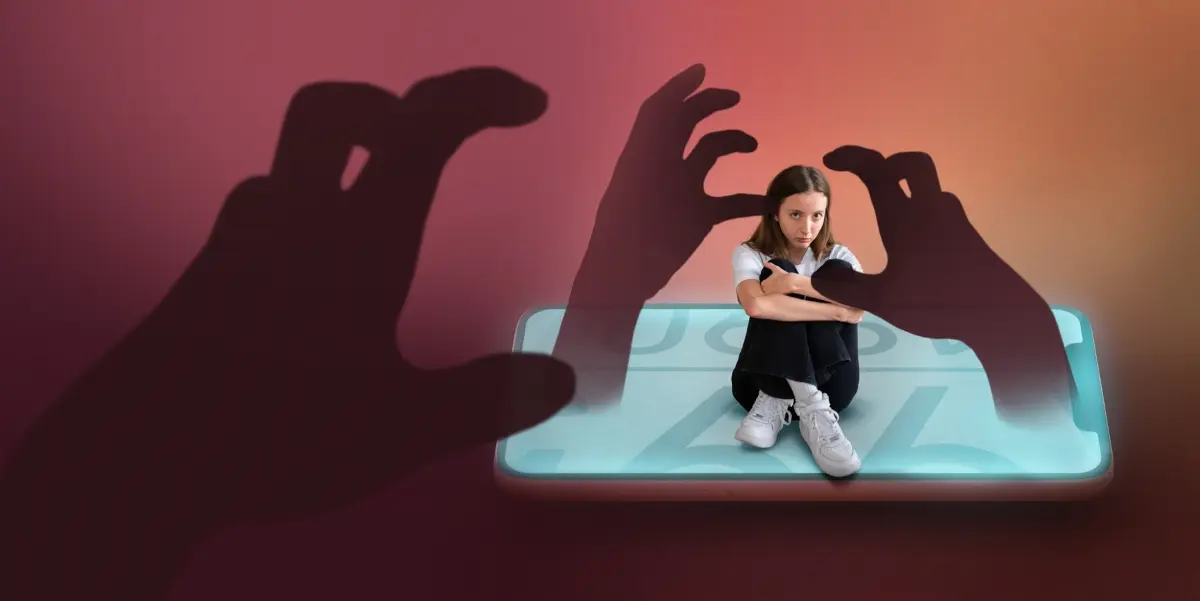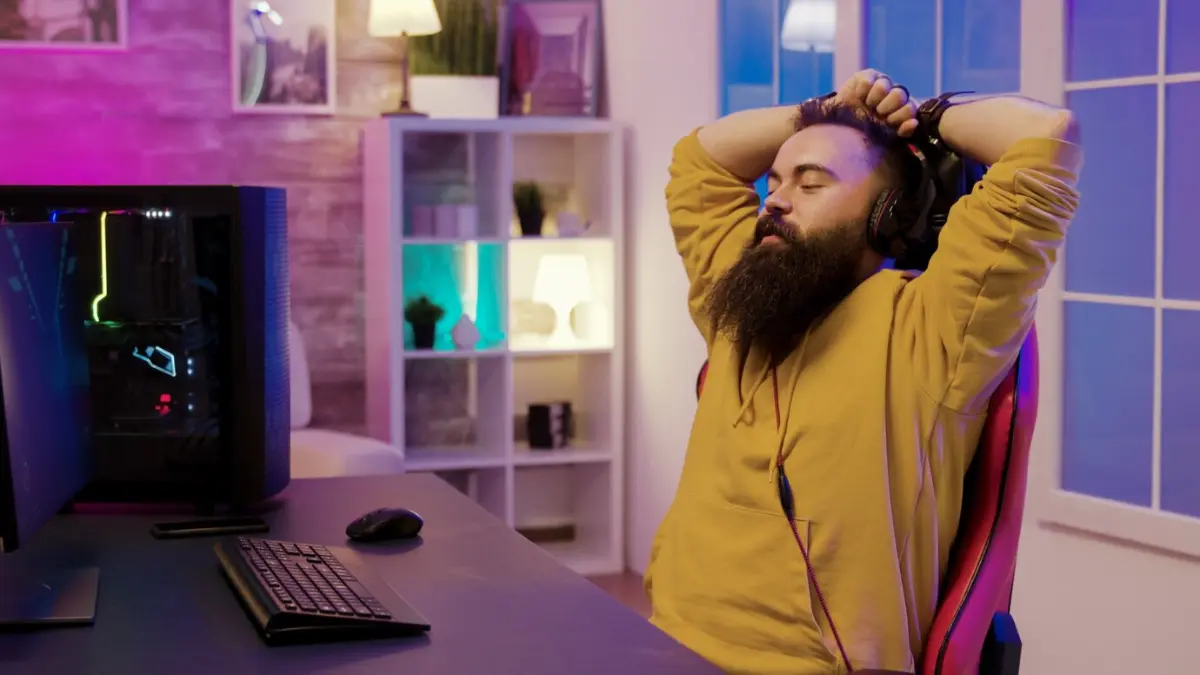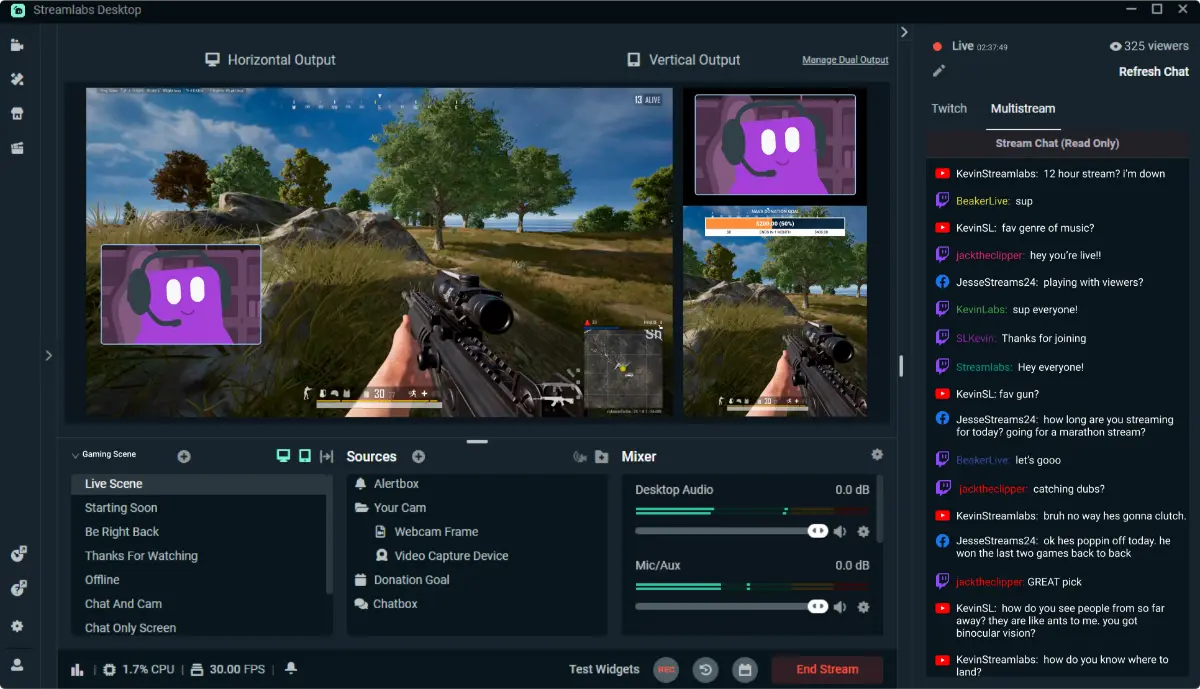
Handling Online Harassment While Streaming
You’re live, focused, and connecting with your viewers — when suddenly, a harsh message appears in chat. Then another one. Your heart races, your hands freeze, and the fun of streaming feels ruined.
If this sounds familiar, you’re not alone.
Many streamers face online harassment. It can come as cyberbullying, trolling, hate speech, or even threats to share your private information. This dark side of streaming can feel personal and tiring.
But here’s the good news: you can take back control. This guide gives you practical tips and support to keep your streaming safe, respectful, and enjoyable. We’ll cover how to spot harassment, use safety tools, and protect your mental health.
Understanding Harassment: What Does It Look Like?
Harassment Takes Many Forms
Harassment isn’t always obvious. Some common types include:
- Trolling: Repeated rude or mocking messages meant to upset you.
- Hate Speech: Insults about your gender, race, religion, or background.
- Doxxing Threats: Attempts to reveal your private info like your address or phone number.
- Brigading: Groups flooding your stream to cause trouble.
- Persistent Harassment: Regular viewers who become toxic over time.
Spotting these early helps you stop them before they get worse.
Why Harassment Hurts Streamers So Much
Streaming is personal. You’re sharing yourself live and unscripted. That makes you vulnerable.
- You can’t pause the stream.
- Chat is public and fast.
- Trolls prey on your real emotions.
If you feel nervous before streaming or want to quit because of rude chat, know that’s normal. There are ways to handle it.
How to Handle Harassment Right Away
1. Pause and Take a Breath

When harassment happens, don’t react right away.
Stop for a moment. Breathe deeply. Mute your mic if needed.
Staying calm helps you keep control and shows your viewers you won’t be distracted by negativity.
2. Let Your Mods Handle It
Your moderators help protect you. Make sure they
- Understand your rules and limits.
- Can timeout, ban, or remove bad users.
- Use tools like Twitch Mod View or bots to act fast.
If you don’t have mods yet, find trustworthy friends or regular viewers to help.
3. Use Safety Tools on Your Platform
Most platforms offer safety options, such as
- Twitch: Block, report, timeout, ban; AutoMod filters; mod-only chat.
- YouTube Live: Hide users, comment review.
- Discord: Anti-spam bots, private channels.
Try “followers-only” or “slow mode” to slow down or filter chat during trouble.
4. Acknowledge Briefly, Then Move On
If you feel safe, say something like
“We’re here to have fun, so let’s not feed the trolls.”
Then focus back on your stream. Your regular viewers will follow your calm lead.
Building Long-Term Safety: Preventative Steps
1. Set Clear Community Rules
Before streaming often, create simple rules
- No hate speech or bad behavior.
- How viewers should treat you and others.
- What happens if rules are broken (timeouts, bans).
Pin these in chat or use a bot to remind viewers regularly.
2. Use Strong Moderation Tools
Bots and settings can block many problems
- AutoMod (Twitch): Filters hate speech, slurs, and bad links.
- Nightbot/Moobot/StreamElements: Controls spam and filters keywords.
- Chat cooldown & emote-only mode: Slow chat to stop bad messages.
Update your blocked words list often to catch new slurs.
3. Protect Your Personal Info

Stay safe outside the stream, too
- Don’t share your full real name.
- Use a PO Box for mail.
- Keep your phone number and address private.
- Use two-factor authentication (2FA).
- Turn off location sharing on social media.
Even small details shared over time can be dangerous.
Taking Care of Yourself Emotionally
Harassment Can Hurt Your Feelings

Harassment is more than annoying. It can be upsetting. You might feel
- Tired or drained after streaming.
- Scared to go live again.
- Embarrassed or angry.
- Helpless.
These feelings are normal. You’re not weak for feeling them. Your health matters.
What Can Help
- Talk about it with friends, other streamers, or mods.
- Take breaks if you feel overwhelmed.
- Block or ban repeat offenders, even if they say sorry.
- Get professional help if you need it. Therapy is okay.
Real Story: How One Streamer Took Control
Sarah, a Twitch streamer, faced hate raids for weeks. She kept track of usernames and reported every case to Twitch’s Trust & Safety team.
She also
- Trained her mods for quick action.
- Turned on follower-only chat with a 10-minute delay.
- Talked openly with viewers about what was happening.
The trolls lost interest. Her community supported her, donations increased, and her Discord grew. Now, Sarah runs a monthly chat about online safety.
Making Safety Part of Your Routine
Build Safety into Your Schedule
If you stream regularly, plan for
- Checking in with your chat about how they feel.
- Briefing your mods before big streams.
- Taking mental breaks after tough sessions.
Be Open With Your Viewers
Tell your viewers what’s going on so they can support you:
“We’re using follower-only mode right now because of some trolling. Thanks for understanding!”
This builds trust and keeps your community close.
When Harassment Gets Serious: Legal Help and Platform Support
Always Report Serious Problems
If someone threatens you, stalks you, or tries to doxx you:
- Take screenshots for proof.
- Report them on the platform.
- Contact local police if your safety is at risk.
In many places, laws protect you from online harassment.
Contact Platform Support
Report incidents to:
- Twitch Safety Council
- YouTube Creator Support
- Discord Trust & Safety
More reports help platforms act faster.
Protect Your Peace, Build Your Strength
Streaming means sharing your voice and personality. That’s brave. But no one should suffer abuse.
By setting clear rules, using safety tools, leaning on your community, and taking care of yourself, you make your stream safer and stronger.
Let’s talk openly about online harassment — not hide it. If this guide helped you, share it. If you’ve faced harassment, your story can inspire others.
You deserve to stream in peace. Don’t let hate steal your joy.


